This article was medically reviewed by Janice Litza, MD. Dr. Litza is a board certified Family Medicine Physician in Wisconsin. She is a practicing Physician and taught as a Clinical Professor for 13 years, after receiving her MD from the University of Wisconsin-Madison School of Medicine and Public Health in 1998.
There are 9 references cited in this article, which can be found at the bottom of the page.
This article has been viewed 47,772 times.
Warts are a skin infection often caused by the human papillomavirus (HPV). They are very contagious and can spread easily from person to person. You can develop warts on your hands, arms, feet, and genital area.[1] Surgery to remove a wart is often done if the wart is very painful or severe, and if it does not respond to other treatments. To get a wart surgically removed, you should first consult with your doctor about the procedure. You can then prepare properly for surgery and give the affected area time to recover after surgery.
Steps
Consulting with Your Doctor
-
1Talk to your doctor about non-surgical options. Depending on where the wart is located and how large it is, you may be able to treat it without surgery. Have your doctor evaluate the wart, and discuss the possibility of using one or a combination of these non-surgical treatments to remove it:[2]
- Over-the-counter salicylic acid treatments. This treatment may take several months to be effective.
- Cryotherapy. This treatment involves freezing the wart with liquid nitrogen, which destroys the wart tissue and causes it to peel off. Several treatments may be needed.
- Prescription topical medications. This may involve a combination of salicylic acid and other medications that gradually strip away the wart tissue.
- Immunotherapy. For this treatment, a chemical is applied to the wart that causes an allergic reaction. This causes your body’s immune system to attack and destroy the wart.[3]
-
2Discuss the different types of surgery for warts. There are three different types of surgery for warts. Your doctor will suggest a certain type of surgery based on where the wart is located and how large it is. The three types are:[4]
- Excision, where the wart is cut away with a scalpel. This is often done if the wart is small and hardened, or if the warts have joined together to form a cauliflower shape.
- Electrosurgery, where the wart is cut with a scalpel and then burned off with an electric current. It is often used to treat large warts around the anus or vulva.
- Laser surgery, where a laser is used to burn away the wart. It is recommended for large warts that are difficult to access, such as on the bottom of your feet or in your genital area.
Advertisement -
3Determine the surgery that is right for you. Your doctor will examine the wart and determine which surgery is best for your condition. If the wart is small, they may suggest excision to remove the wart. If it is large and located in your genital area or your feet, they may suggest electrosurgery or laser surgery.[5]
- Your doctor will usually only recommend surgery if the wart is very painful and keeps coming back even with medication or non-surgical treatments.
-
4Go over the possible risks of surgery. Your doctor should outline the possible risks of surgery before you agree to the procedure. Risks include bleeding, infection, and pain. You will receive antibiotics during the procedure to reduce your risk of infection.[6]
- In most cases, you will be under general anesthesia and will not feel much pain during the procedure. However, recovery from the surgery can be painful and uncomfortable.
Preparing for the Surgery
-
1Cover the wart so it does not spread to others. Warts are highly contagious and can spread easily from person to person. Once the wart has been diagnosed and you are waiting for surgery, cover the wart so others around you are not exposed. Use a bandage or gauze over the wart. Speak to your doctor about the best way to cover the wart.[7]
- If the wart is on your feet, wear socks at all times.
- If the wart is on your genital area, keep it covered by wearing underwear.
-
2Avoid public areas. Do not go to the public pool or the locker room at the gym. Stay away from public restrooms and communal changing areas. Avoid exposing your wart in public spaces so others are not at risk of getting the virus and developing warts.[8]
-
3Abstain from sexual intercourse if you have genital warts. If you have a wart on your penis, vagina, or anus, do not have sexual intercourse until it has been removed. Having sexual intercourse when you have genital warts can cause the virus to spread to your sexual partners.[9]
-
4Wear comfortable clothing on the day of the surgery. Put on loose, breathable clothing like loose jeans and a t-shirt. This way, you can change easily into hospital clothing when you get to the hospital for the surgery.
-
5Arrange for a ride home after the surgery. You may not be able to drive yourself home due to medication you may be taking for the surgery. Ask a friend, family member, or partner to pick you up after the surgery and drive you home.[10]
- Depending on your medical state, you may also ask someone to drop you off so you do not have to drive yourself there, or worry about leaving your car at the hospital.
Recovering after the Surgery
-
1Rest right after the surgery. Do not do any strenuous activity like lifting items or doing housework. Take the day off work or arrange to work from home. Ask a friend or partner to help you do things around the house so you can rest for the day.
-
2Allow two to four weeks for the area to heal. The exact recovery time depends on the type of surgery used and the size of the wart being removed. In general, it will take two to four weeks for the affected area to heal. You can usually return to normal activities, such as work, after one to three days.[11]
- A wart located in your genital area may take longer to heal than a wart on your arm or hand.
- You should also avoid sexual intercourse until the area is healed and no longer sore, usually one to four weeks.
-
3Take over-the-counter pain medication. Manage your pain after the surgery by taking OTC medication like ibuprofen or acetaminophen. Always follow the dosage instructions on the label and never take more than recommended.[12]
-
4Contact your doctor if you notice any adverse symptoms. If you notice bleeding in the treated area that lasts longer than one week, or if the area is very painful and does not appear to be healing, see your doctor. You should also see your doctor if you have a high fever and you notice foul-smelling, yellow discharge coming from the treated area.[13]
-
5Be prepared for the area to scar. The treated area will likely result in a scar once it has healed. The size of the scar will depend on how large the wart was that was removed. You can try to treat the scar so it fades and appears less noticeable.[14]
- Keep in mind that there is a small chance that the wart will return even after surgery. Your doctor may recommend medication or another round of surgery to help keep the wart from returning.
References
- ↑ https://my.clevelandclinic.org/health/diseases/15045-warts
- ↑ https://my.clevelandclinic.org/health/diseases/15045-warts
- ↑ https://www.aad.org/public/diseases/a-z/warts-treatment#treatment
- ↑ https://www.aad.org/public/diseases/a-z/warts-treatment#treatment
- ↑ https://cham.org/HealthwiseArticle.aspx?id=tw3555
- ↑ https://cham.org/HealthwiseArticle.aspx?id=tw3555
- ↑ https://www.aad.org/public/diseases/a-z/warts-heal
- ↑ https://www.aad.org/public/diseases/a-z/warts-heal
- ↑ https://my.clevelandclinic.org/health/diseases/4209-genital-warts
About This Article
If you’ve already tried other alternatives, getting your wart surgically removed can be an effective option. There are 3 types of surgery you can choose from. Excision involves cutting your wart away with a scalpel, electrosurgery uses an electric current to burn the wart off, and laser surgery uses a laser to burn off the wart and is best for large warts that are difficult to reach. Talk to your doctor about the best option for you. In the meantime, keep your wart covered to avoid spreading it. Your wound should heal within 2 to 4 weeks and it may leave a scar, but you can reduce its appearance with some home treatments, like rosehip oil, onion extract, and vitamin E ointment. For more tips from our Medical co-author, including how to prepare for your surgery, read on.
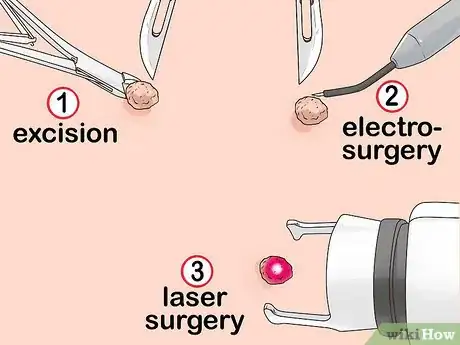
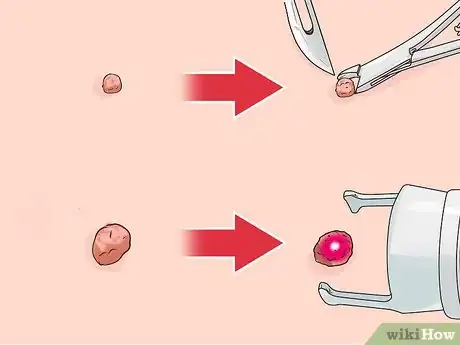
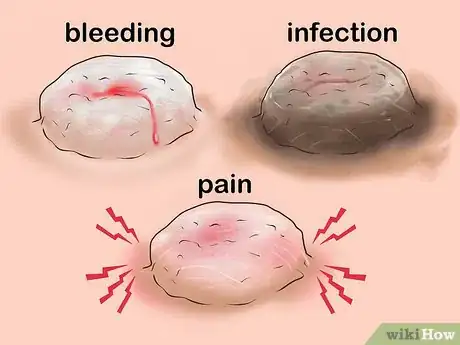
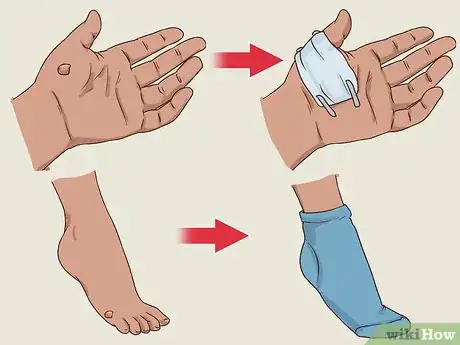
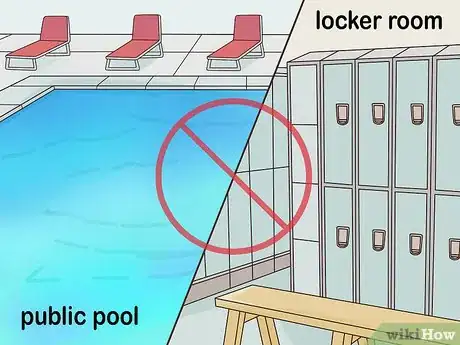
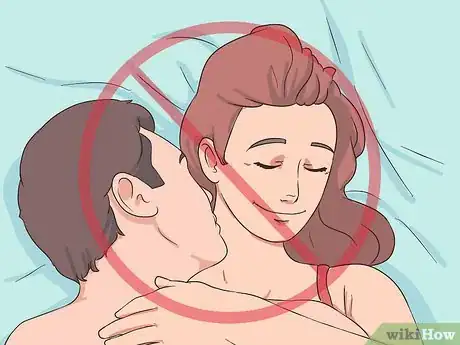
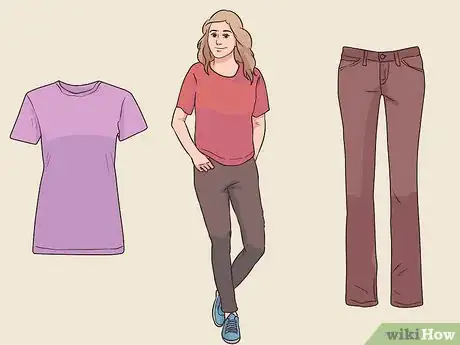
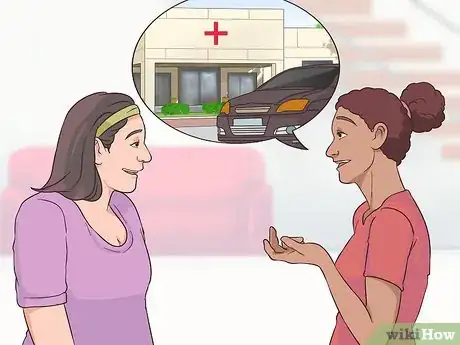
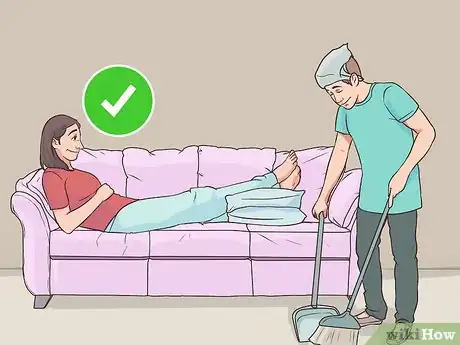
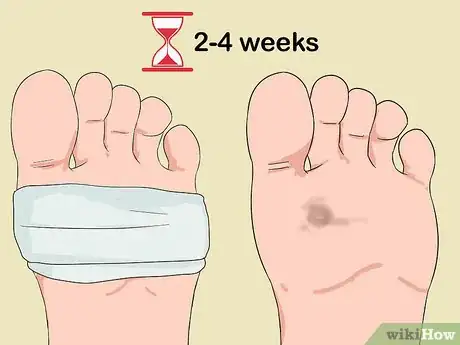
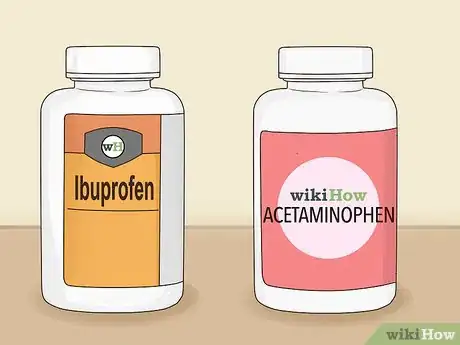
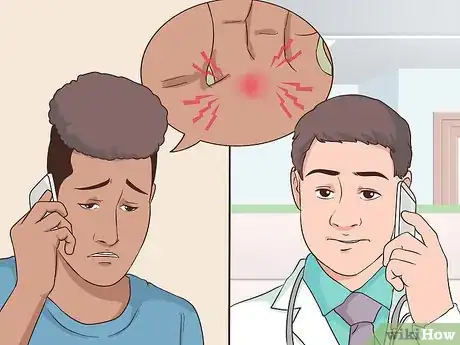
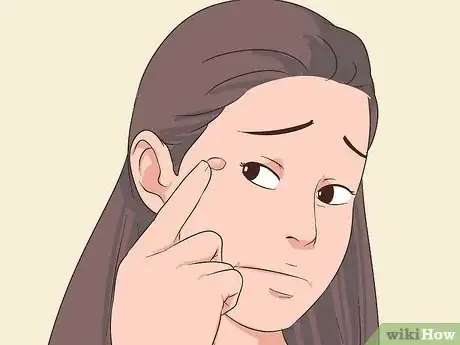
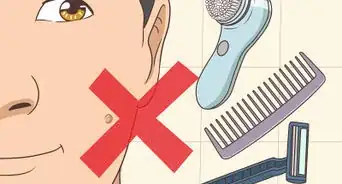
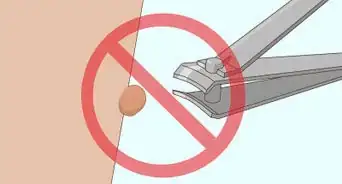

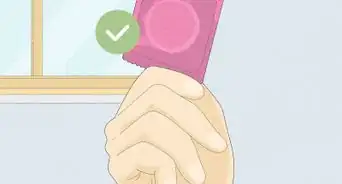


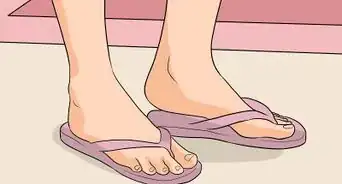

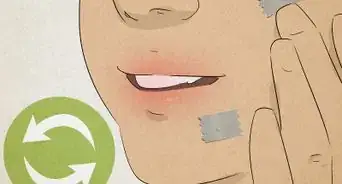
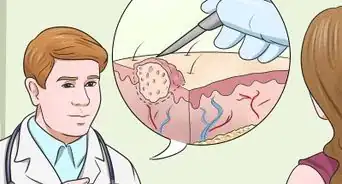
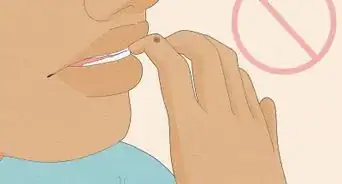
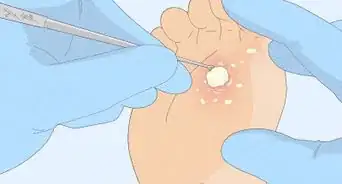
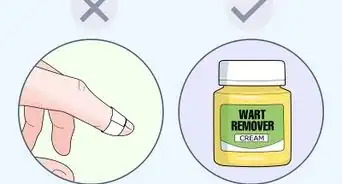
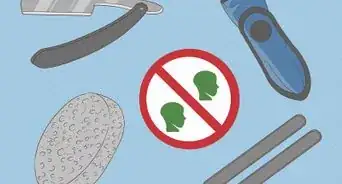








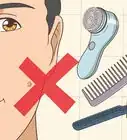
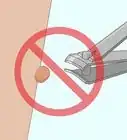
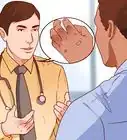
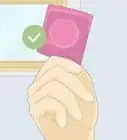



































Medical Disclaimer
The content of this article is not intended to be a substitute for professional medical advice, examination, diagnosis, or treatment. You should always contact your doctor or other qualified healthcare professional before starting, changing, or stopping any kind of health treatment.
Read More...